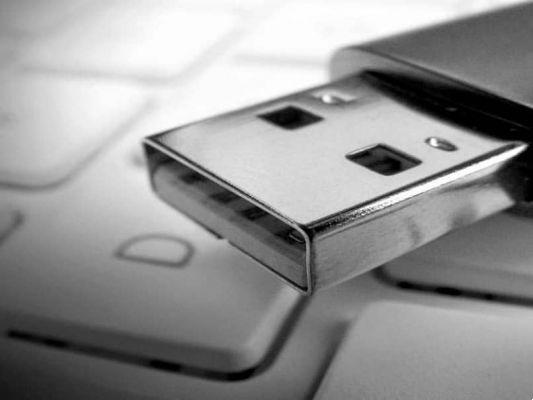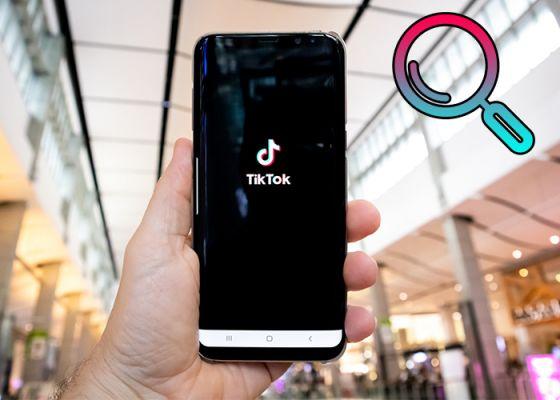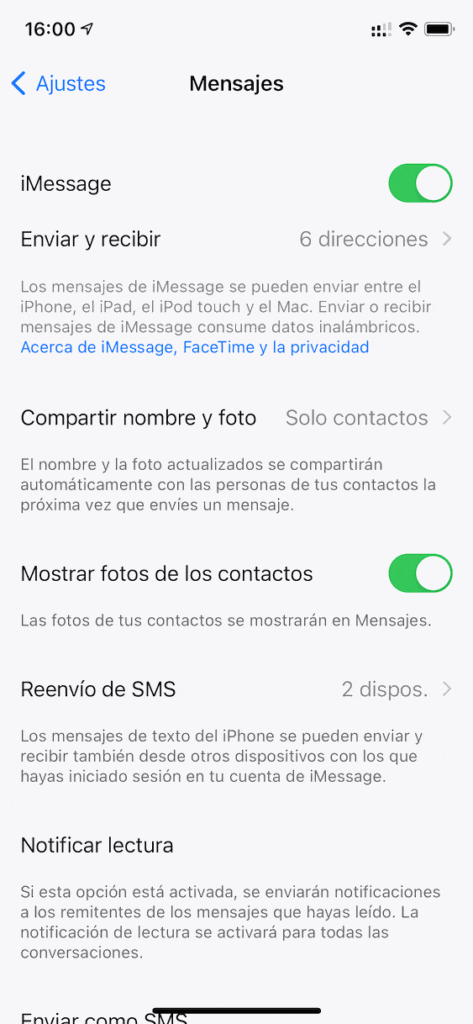Android mobile devices have a large number of tools, tools, services and options thanks to their customizable and modifiable structure. This allows users to have the ability and the ability to change different aspects and factors of their respective terminal as they wish or need.
This is undoubtedly one of the strengths that Android offers to its customers, unlike other mobile operating systems, such as iOS. Within the freedoms that Android offers we can indicate some rather interesting options and tools that are undoubtedly totally unique to this system.
If you have a terminal that has this secure system, you will have noticed that both the settings option and the default file manager contain a large number of quite useful tools that allow the user a much more complete and free experience by limitations or barriers that hinder your navigation within your device.
And it is here that we observe another very interesting point very typical of this operating system which is the freedom to be able to view all the internal, external and root folders and files of the terminal. This detail is fully available from the first versions of the Android system and remains to this day.
Clearly, we won't be able to see this detail with the naked eye once we turn on our phone, but we will go to a specific point. All this based on an extremely important application that will help us achieve our mission. It is nothing more and nothing less than the file manager.

File Browsers are usually found as the default app on most mobile devices running Android, but just in case we don't have it we will have to download one from the Play Store or an alternative or third party store, some of the most popular are Uptodown and APKpure.
Among the best file managers there is a large variety of alternatives, instead we recommend Es File Explorer and File Manager from Xiaomi. Both are considered to be the best explorers of today.
Having already downloaded some to be able to view the internal folders of the terminal we'll just have to press the app and launch.
From there we can find several folders with various destinations such as application or game data, documents, files or images that are in the memory of our device. Inside the latter there is a somewhat unusual but very common folder, which we can see if we access the gallery folder. It is known as miniatures.
What are thumbnail files?
It is a folder where there is an exact copy of all those downloaded photos or images that are on our mobile device. This meets an exception, all these files are thumbnails of the original photosotherwise every image we have in our terminal would weigh twice as much.
These copy files hosted in our phone's photo folders they are created automatically by our terminal, when we take a photo or download an image. It is very likely that we do not know about the existence of this folder until we enter the file manager of our mobile.
This is because these images, as we said before, are just thumbnails and shouldn't appear in our gallery.
So the only way to make sure this folder full of copied files is generated on your respective mobile device is to go into the photos folder, also known in Android as "DCIM".

What happens if I delete or delete the Thumbnails folder from my Android device?
The answer is nothing. These files are just a very low quality copy of our original photos, at one point they just take up space on our mobile device's internal memory or SD card. Therefore, if you want to temporarily open the space, delete it.
To delete these annoying files you have to just go to the "DCIM" folder, from there you will look for the folder called Thumbnails to be able to finally delete it.


























